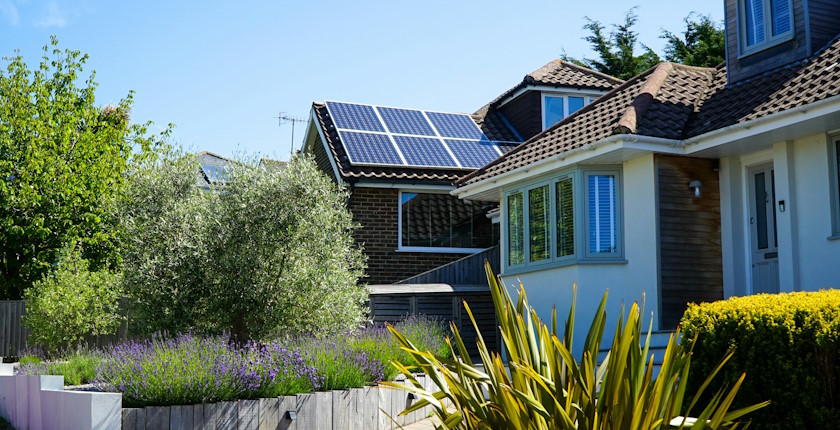
Photo: Watt A Lot on Unsplash
The capacity operated by prosumers in Romania topped 2 GW in August. The number of households, small firms and institutions with the status reached 166,000. The country hosts 3.7 GW in solar power capacity in total.
The solar power boom isn’t news anymore in most of Europe. Photovoltaics, the main pillar of the energy transition, are the cheapest and easiest to set up. They are accessible to citizens and small firms and suitable for places like rooftops, parking canopies and surfaces next to motorways and railways.
In Romania, investments in large solar power parks are accelerating. Municipal authorities, industrial producers, fossil fuel companies and even IKEA are becoming major players. But it’s the prosumers that are in the driver’s seat. At the end of August, the segment reached 2.06 GW, President of the National Energy Regulatory Authority (ANRE) George-Sergiu Niculescu revealed.
It means prosumers doubled their capacity in just 14 months and kept a majority share in the country. According to the latest data, Romania has a 3.7 GW in total in PV systems. The number of prosumers grew to 166,000.
There were only 303 households, firms and institutions with such a status at the end of 2019!
Also for comparison, there were almost 130,000 units for self-consumption at the end of April this year. Their combined capacity was 1.7 GW. Legal entities accounted for 1.1 GW and the rest were citizens. Notably, Romania recently passed a law obligating prosumers to add batteries.
Households highly interested in subsidies for solar panels
The government rolled out the key regulations in late 2021 to encourage households, government institutions and associations to generate electricity for self-consumption and lower their energy bills. In the last call for households under the Casa Verde Fotovoltaice program, subsidies were snatched within a few minutes.
The round was divided into regions this time, and there was also a separate segment for religious buildings.
Prosumers already nearing Romania’s 2030 goal
The last annual report by the International Renewable Energy Agency showed that Romania hosted 1.92 GW of solar power capacity at the end of 2023. It compares to 3.09 GW in wind power. In its recently revised Integrated National Energy and Climate Plan (INECP or NECP), Romania projected photovoltaics at 4.2 GW for the end of next year.
The ambition for 2030 is 8.2 GW including 2.5 GW from prosumers. In his latest update, ANRE’s President Niculescu said the regulatory body would keep supporting the expansion of the concept. Even without that, the national target may need an upgrade soon.


















Be the first one to comment on this article.